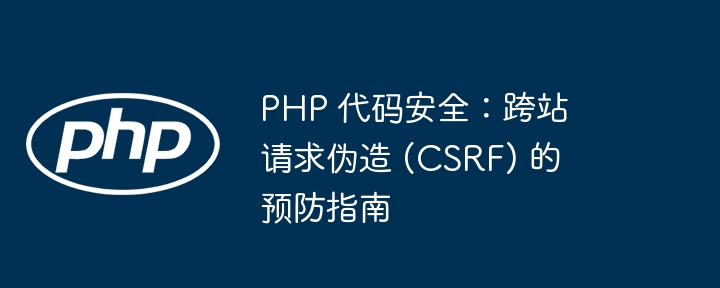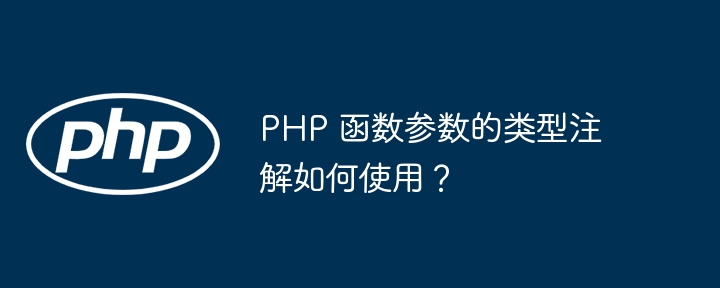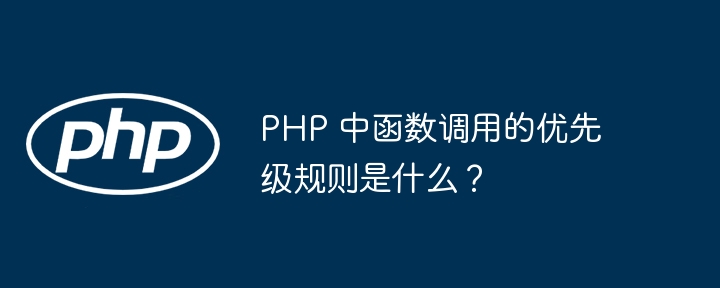如何利用PHP7的匿名类实现简单的工厂模式?
工厂模式是一种常见的设计模式,通过将对象的实例化过程和使用过程分离,实现了高内聚、低耦合的目标。而在PHP7中,我们可以利用匿名类(anonymous class)来更加简洁地实现工厂模式。
在PHP7中,我们可以使用新的关键字“new class”来定义一个匿名类,而不需要显式地定义一个独立的类。匿名类的定义和使用非常灵活,非常适合用来实现简单的工厂模式。
下面我们以一个用户管理系统为例来演示如何使用PHP7的匿名类实现简单的工厂模式。
首先,我们定义一个接口User,用来表示用户对象的基本行为:
interface User
{
public function getInfo();
}然后,我们定义两个实现了User接口的类Admin和Member,分别表示管理员和普通会员:
class Admin implements User
{
public function getInfo()
{
return "This is an admin user.";
}
}
class Member implements User
{
public function getInfo()
{
return "This is a member user.";
}
}接下来,我们使用匿名类来定义一个简单的工厂类UserFactory,用来根据用户类型返回相应的用户对象:
class UserFactory
{
public static function createUser($type)
{
return new class($type) implements User {
private $type;
public function __construct($type)
{
$this->type = $type;
}
public function getInfo()
{
if ($this->type === 'admin') {
return new Admin();
} elseif ($this->type === 'member') {
return new Member();
} else {
throw new Exception('Unsupported user type.');
}
}
};
}
}在上面的代码中,我们使用匿名类来定义了一个实现User接口的类,并且重写了getInfo()方法。在getInfo()方法中,根据用户类型返回相应的用户对象。如果用户类型不被支持,则抛出异常。
最后,我们可以使用UserFactory来创建不同类型的用户对象,并调用其getInfo()方法:
$admin = UserFactory::createUser('admin');
echo $admin->getInfo(); // 输出:This is an admin user.
$member = UserFactory::createUser('member');
echo $member->getInfo(); // 输出:This is a member user.通过上述代码示例,我们可以看到如何使用PHP7的匿名类来实现简单的工厂模式。通过定义一个匿名类,我们可以将对象的实例化过程封装起来,使得客户端代码可以更加简洁地使用。同时,由于匿名类的灵活性,在实际应用中,我们还可以根据具体需求扩展工厂类的功能,实现更加复杂的对象创建逻辑。
总结起来,利用PHP7的匿名类实现简单工厂模式,可以帮助我们实现代码的高内聚、低耦合,提升代码的可读性和可维护性。同时,匿名类也为我们提供了更大的灵活性,可以根据具体需求实现更加复杂的工厂模式。因此,在开发中,我们应该充分利用PHP7的特性,灵活运用匿名类来构建高效、易于维护的代码。





